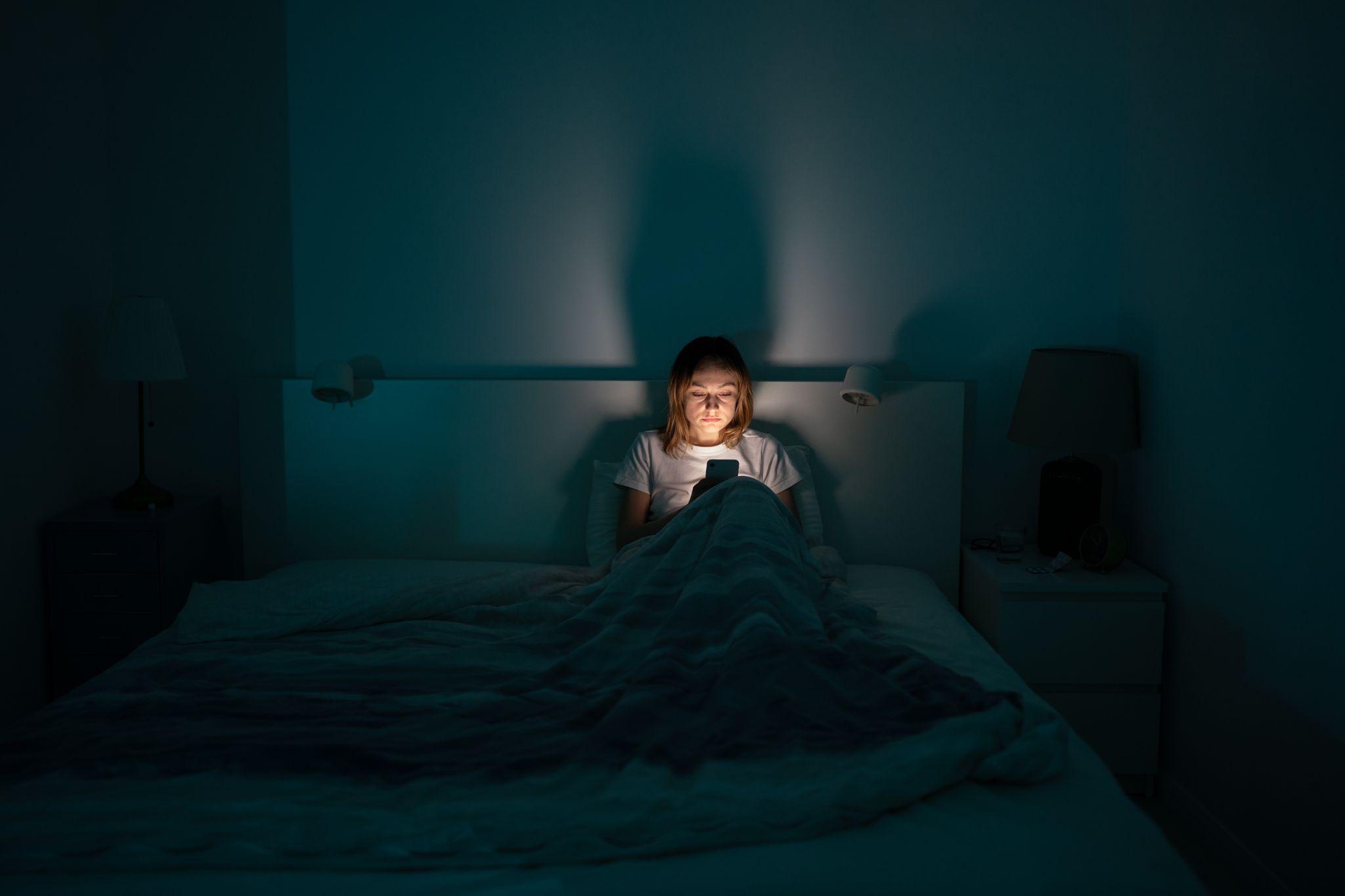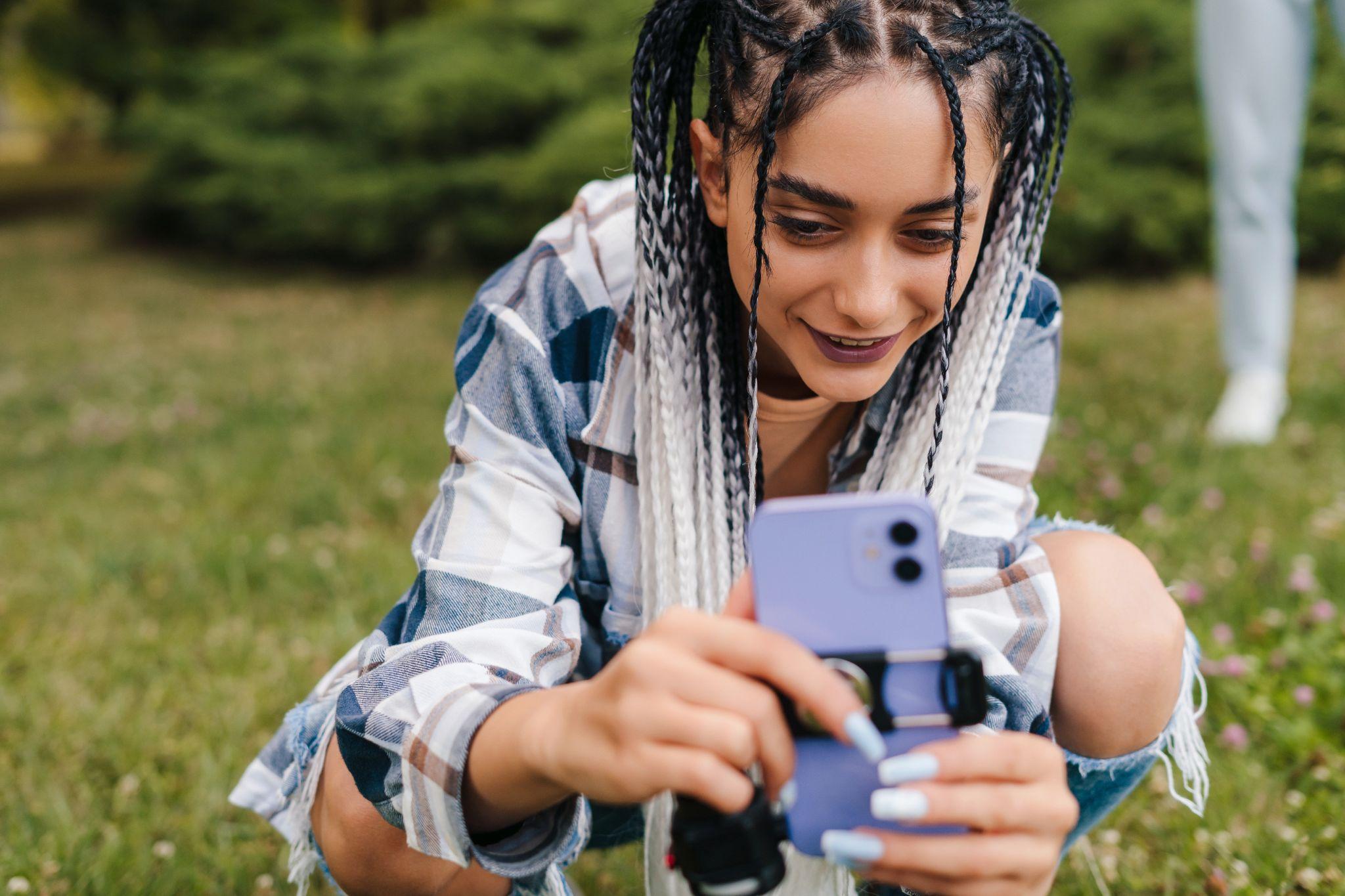TikTok has become a powerful platform, influencing millions worldwide, especially Gen Z. This app isn’t just for dance challenges and funny skits—it’s a cultural phenomenon shaping how young people view the world.
Among the many TikTok trends, there’s a concerning rise in content that glamorizes social media and drug use. Knowing what the drug culture on TikTok looks like, the potential dangers of this normalization, and signs that you might be addicted without even realizing it are essential for users and their loved ones.
The Rise of Drug Culture on TikTok
TikTok is a social media platform that allows users to post short, engaging videos, making it easy for trends to go viral almost overnight. While many of these trends are harmless and even positive, some have more troubling implications.
One concerning trend is the glamorization of drug use. This trend can be seen across numerous videos, with content creators often depicting drug use as fun, glamorous, and without serious consequences.
Influence of Content Creators
Popular influencers with massive followings can significantly impact their audience’s behaviors and perceptions. When these influencers post videos that show them using drugs, whether it’s marijuana, prescription pills, or even harder substances, they send a message to their viewers. For many young people, seeing their favorite TikTok stars using drugs can make them think that it’s not only acceptable but also desirable.
Hashtags and Challenges
Users on TikTok have started dangerous challenges that glamorize drug use. The #SniffTok hashtag has users documenting their use of MDMA (Molly), sometimes resulting in panic attacks or worse due to contaminated drugs. The #TripTok hashtag features users sharing their experiences with psychedelics like psilocybin and LSD, attempting to normalize and even glamorize these substances.
Music and Lyrics
Music plays a significant role in TikTok videos, and many popular songs include references to drug use. These songs often glorify the highs and the lifestyle associated with drug use, embedding these ideas in catchy lyrics that users repeat.
When these songs are used in videos that show drug use, the message is reinforced even further. The combination of visual and auditory cues can be very powerful, making drug use seem like a key part of the modern lifestyle.
Potential Dangers of Glamorizing Drug Use
The glamorization of drug use on TikTok is a major concern that has real and potentially severe implications for young people.
Normalization of dangerous behavior. One of the most dangerous aspects of drug culture on TikTok is the normalization of drug use. When drugs are portrayed as just another part of everyday life, young viewers may not see the harm in experimenting. This normalization can make risky behaviors seem benign or even cool, leading to increased experimentation and, subsequently, higher rates of addiction and other substance-related issues.
Mental health issues. Regular exposure to drug-related content can negatively impact mental health. For young people already struggling with issues like anxiety or depression, seeing drug use glamorized can make them more likely to turn to substances as a coping mechanism. This can lead to a vicious cycle where drug use exacerbates mental health problems, leading to more drug use in an attempt to self-medicate.
Peer pressure. The desire to fit in and be part of popular trends can be a powerful motivator, especially for teenagers and young adults. Peer pressure amplified by social media can push individuals to try drugs, even if they wouldn’t normally be inclined to do so. The fear of missing out (FOMO) can make young people feel like they need to participate in these trends to be accepted or admired by their peers.
5 Signs You May Be Addicted
The normalization of drug use on TikTok can make it difficult to recognize when casual use has turned into addiction. It’s easy to get caught up in the culture and not notice the warning signs that substance use is becoming a problem. Here are some key indicators that you might be struggling with addiction, even if you don’t realize it.
1. Increased Tolerance
One of the first signs of addiction is increased tolerance. This means you need more of the drug to achieve the same effect you used to get with smaller amounts. For example, if you find that you’re consuming larger quantities of alcohol or taking higher doses of a prescription drug to feel the same level of euphoria, it’s a clear indication that your body is becoming accustomed to the substance, and you may be developing a dependency.
2. Neglecting Responsibilities
Another major sign of addiction is when drug use starts interfering with your daily responsibilities. If you notice that you’re skipping classes, missing work, or neglecting important personal obligations because of drug use, this is a red flag. Addiction often leads to prioritizing substance use over other important aspects of life, which can have long-term negative consequences on your academic, professional, and personal life.
3. Withdrawal Symptoms
Experiencing withdrawal symptoms when you’re not using the drug is a strong indicator of addiction. These symptoms can be physical, such as headaches, nausea, or sweating, as well as emotional, such as anxiety, irritability, or depression. Withdrawal symptoms occur because your body has become dependent on the substance, and it struggles to function normally without it. If you notice these symptoms, it’s important to seek help as soon as possible.
4. Using Drugs to Cope
Using drugs as a coping mechanism for stress, anxiety, or other problems is a significant sign of addiction. If you find that you’re turning to substances to deal with emotional or psychological issues, rather than using healthier coping strategies, this is a cause for concern. Drugs may provide temporary relief, but they often exacerbate underlying issues in the long run, leading to a cycle of dependency and worsening mental health.
5. Secretive Behavior and Denial
Addiction often comes with secretive behavior and denial. If you find yourself hiding your drug use from friends and family, lying about how much or how often you’re using, or getting defensive when someone expresses concern, these are all signs that you may be struggling with addiction. Denial is a common aspect of addiction, making it difficult to acknowledge the problem and seek help.
Get the Help You Need for Drug Abuse With Lumina Recovery
TikTok’s ability to normalize and glamorize drug use can have serious consequences, from mental health issues to addiction. It’s crucial to be aware of these dangers and recognize the signs of addiction early.
If you or someone you know is struggling with substance abuse, contact our team of addiction specialists today to start the journey toward a healthier life.



